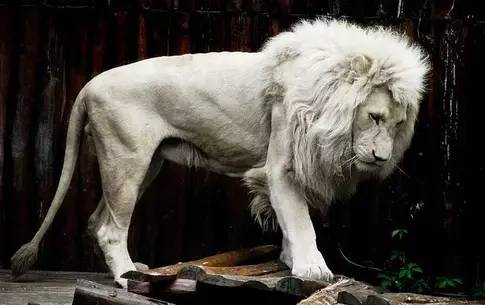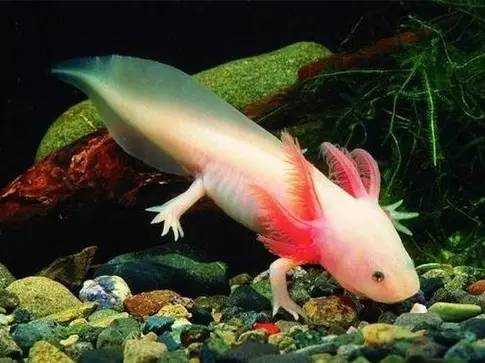The Albino Lion: Rare Genetic Marvel and Cultural Icon of the Savanna
Albino lions, though often mistaken for white lions, are a distinct genetic rarity characterized by complete lack of melanin, resulting in pure white fur, pink skin, and pale blue or red eyes. Unlike white lions (which have a recessive color gene), albinism in lions is caused by a mutation in the TYR gene, inhibiting tyrosinase production—a enzyme crucial for pigment formation. These majestic creatures have captivated humanity for centuries, blending scientific curiosity with cultural mystique.

Source: Images from the Internet, if there is any infringement, please contact the removal of
The Science Behind the Paleness: Genetic Anomalies
- Pigmentation Breakdown
Albino lions exhibit oculocutaneous albinism (OCA), a condition affecting both skin and eye pigment. Their white coat offers no camouflage, making hunting challenging, while light sensitivity (photophobia) from unpigmented eyes hinders vision in bright savanna sunlight. In the wild, albinism reduces survival rates, as cubs are more vulnerable to predators and struggle to hunt. - Physical Traits
Aside from coloration, albino lions share typical lion anatomy: males grow up to 250 kg with a (white) mane, while females are smaller and maneless. Their rarity—estimated at 1 in 100,000 wild lions—makes them extremely scarce, with most sightings documented in southern Africa’s Kruger National Park and private reserves.
Cultural Significance and Conservation Realities
- Myth vs. Reality
In African folklore, albino lions are often seen as spiritual beings, symbols of luck or omens. The Tsonga people of South Africa refer to them as "ghost lions," believing they bridge the human and spirit worlds. However, this mystique has also fueled superstitions; in some regions, albino animals are hunted for use in traditional medicine, posing an additional threat. - Captive vs. Wild Survival
Most albino lions today exist in captivity, where breeders sometimes exploit their rarity for tourism. Wild populations face dual risks: genetic inbreeding (as albinism requires two recessive genes) and habitat loss. Conservationists stress that while albino lions are fascinating, efforts must prioritize protecting overall lion populations, whose numbers have declined by 43% since 1993.
As living symbols of genetic wonder, albino lions highlight the fragility of nature’s diversity. Their existence challenges humanity to appreciate rarity not for exploitation, but as a reminder of the intricate web of life—where even the rarest mutations hold value in the grand tapestry of evolution.
-------- END --------






